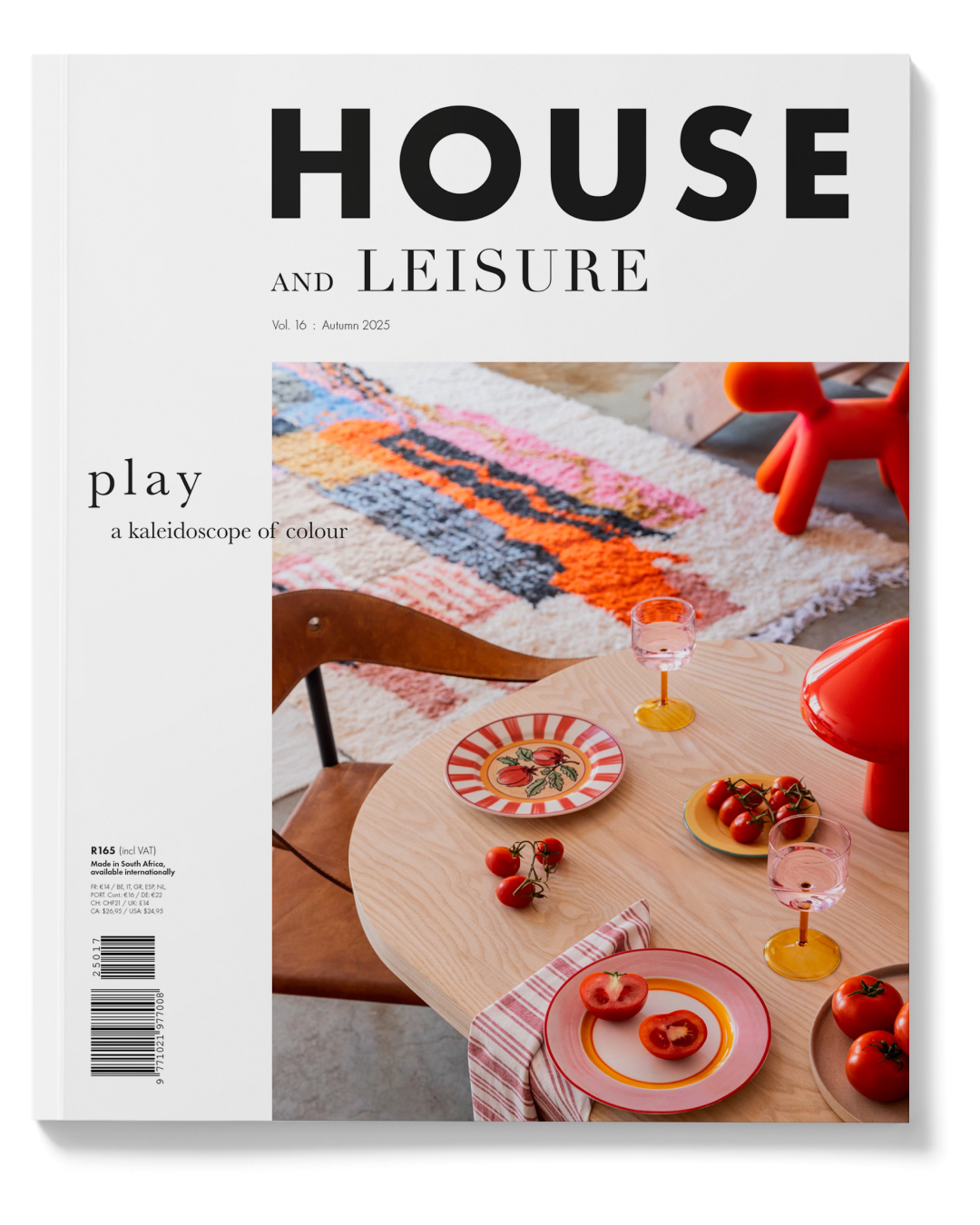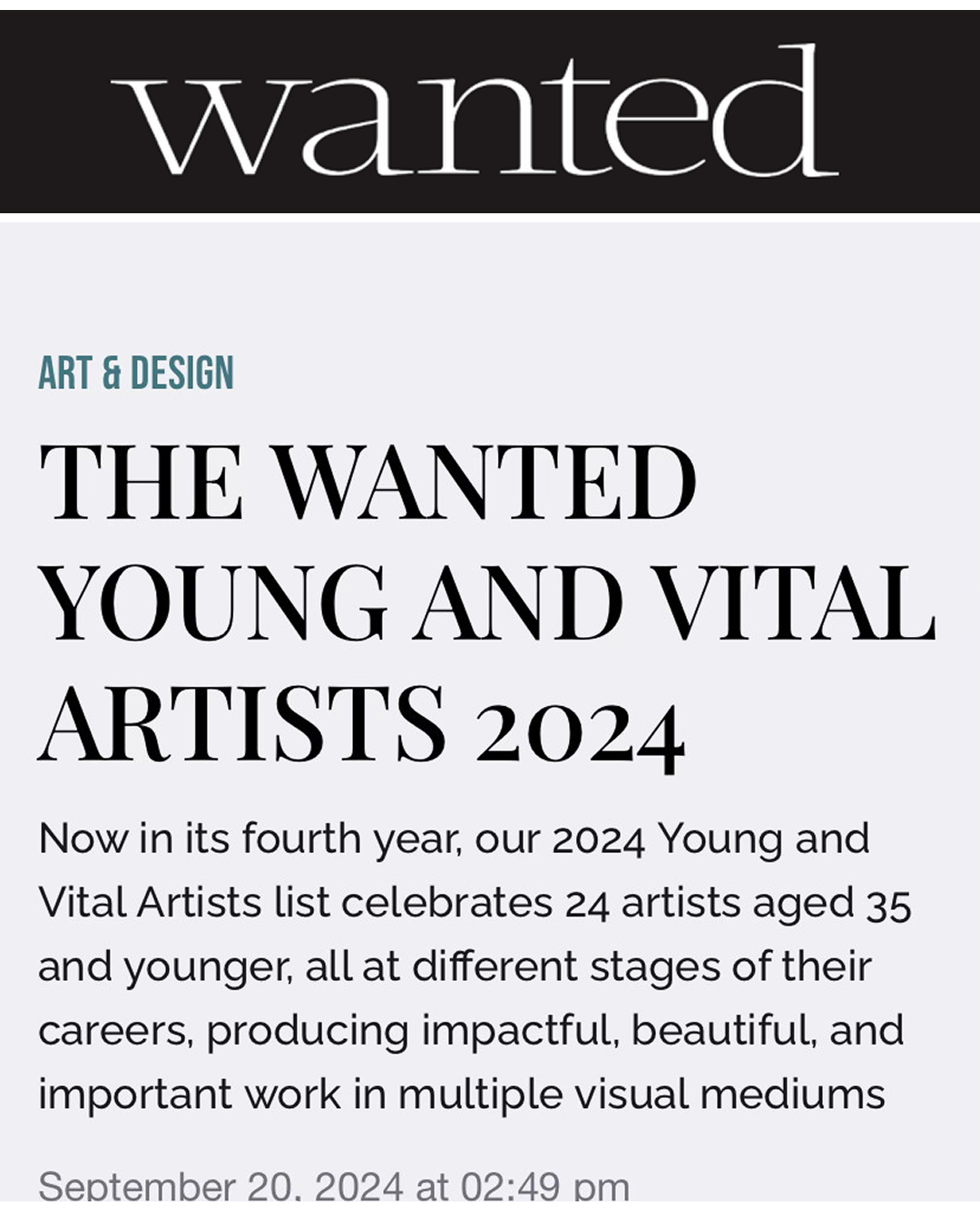Vela Projects is honoured to present Iyabulela iLali, Songezo Zantsi’s second solo exhibition. In this body of work composed of 11 paintings, the artist invites us to witness and engage his portrayal of a family wedding he attended in Qumbu, in Eastern Cape. In this joyous Xhosa matrimonial occasion, two families, in fact an entire village, came together to witness the bride and the groom’s union. A ceremony of this nature is marked by singing and dancing, feasting, and the drinking of umqombothi, the traditional brew.
Although not from the Transkei, Zantsi himself also comes from the Eastern Cape. However, as he says, “this experience was both foreign and significant to me. Standing amidst a sea of people and seven majestic horses, I realised the gravity of the moment—not just for myself but for the broader narrative of South African art”.
He found the experience foreign even though he also is umXhosa. Zantsi’s humility in digging out these narratives and baring these nuances ought to be acknowledged, for his is the work of an individual who does not claim to know it all by virtue of being a member of the ethnic group in question.
Accordingly, Zantsi paintings reflect the eye of someone who is both a participant in the ceremony, but also an outsider. Tsho-Tsho Ubekho portrays, in hazy brushstrokes, a man reckoning with his horse amongst a crowd of onlookers. Depicted in a tightly controlled palette of blues, greys and dusty browns, the man and the horse find themselves held in a direct gaze. How much is understood between the two and how much is unknowable is left unclear. Their brush work is confident and loose, the proportions are sharply achieved, and there is, in the haze of brushstrokes, suggestions of a situation yet to be resolved. What remains with the viewer, however, is the sense of curiosity and intimacy reflected between the two subjects. It is perhaps a similar open-hearted curiosity that Zantsi reflects throughout his approach in this body of work, and his relationship to the scenes depicted.
In Umtu Ngumtu Ngabantu, for instance, an entire crowd of attendees are huddled together, with their backs towards the viewer, looking at something being gestured to in the distance. The work is executed in light brushstrokes, allowing much of the white primed canvas to show through and influence the colour of the thinly applied oil paint. The effect is that the painting is best viewed from a distance, where the light touches coalesce into an image full of contrasts and movement. A man on a horse sits in the centre, pointing his arm which recedes out into the distance. The viewer is not privy to what is pulling this audience’s attention. Instead the viewer joins the crowd of onlookers, peering over the heads, curious to see the goings-on.
It is clear that a prominent feature in the artworks in this show is the aesthetic of the horse. In Intaba Ezikude, we witness three men in full control of their horses. Judging by their postures, the three seem confident and in control of their horses as well as of the terrain they are riding over. Perhaps a procession of horses was part of the entertainment at the wedding. The riders are outfits typical for such a function: jackets or blankets are covering their shoulders, caps and fedoras are covering their heads. A man carries a stick, either to lash the horse or to jolt in a moment of celebration.
Although the paintings portray an event which took place in a day, or perhaps spilled over into the next one, the artist captures different moments with varying scenarios and angles.. In Nongena nkomo uyayitya inyama, viewers witness the blurring buildings and people in the backdrop. The varying dusty hues show the maturity and confidence of a painter whose practice is relentlessly growing from strength to strength. In varying tones, Zantsi manages to capture the beauty and harsh realities of the lives and landscapes of the Eastern Cape.
In Iinkumbulo, his first exhibition, Zantsi was preoccupied with the neglected narratives of the Bisho Massacres and Ciskei. At this moment in time, the artist invites us to a traditional wedding in Transkei. By centring his work in the rural areas of the country, Zantsi draws attention away from the nations metropolitan hubs, often over emphasised in a rapidly developing country.
Iyabulela Ilali, unlike Iinkumbulo, is a celebration. It is a celebration of community, unions, customs and culture. It is an atmosphere of revelry, a take on all weddings that have come before, and all weddings that are to come after. And, as is the custom for such occasion, everyone is invited.

























